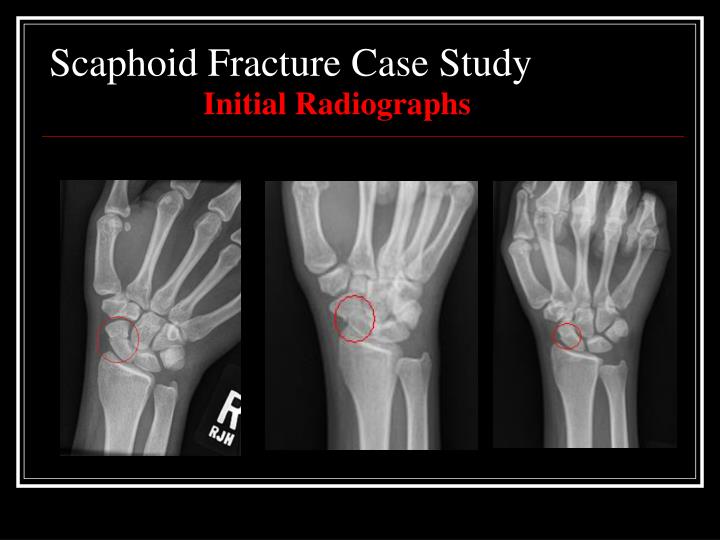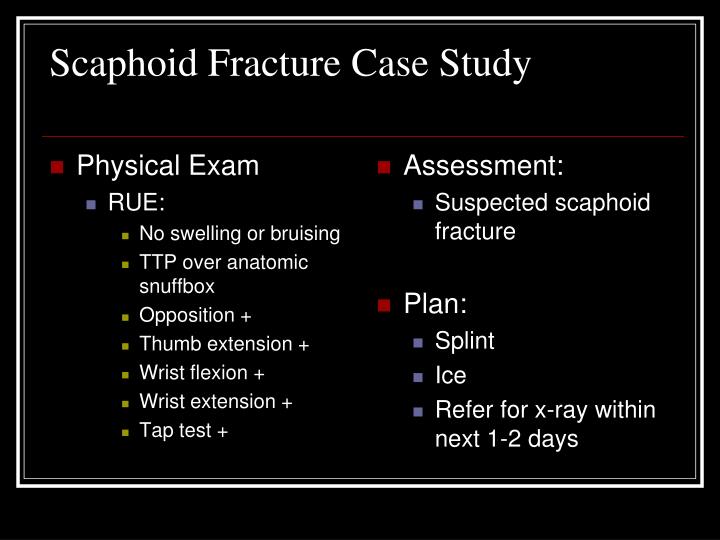Do you desperately look for 'splint case study'? Here you can find questions and answers on this topic.
Table of contents
- Splint case study in 2021
- Clamshell splint humerus
- Types of hand splints occupational therapy
- Types of splint pdf
- Types of hand splints
- Spica splint
- Types of splints occupational therapy pdf
- What is the best splint for de quervain's tenosynovitis
Splint case study in 2021
 This image demonstrates splint case study.
This image demonstrates splint case study.
Clamshell splint humerus
 This image representes Clamshell splint humerus.
This image representes Clamshell splint humerus.
Types of hand splints occupational therapy
 This picture illustrates Types of hand splints occupational therapy.
This picture illustrates Types of hand splints occupational therapy.
Types of splint pdf
 This image shows Types of splint pdf.
This image shows Types of splint pdf.
Types of hand splints
 This picture representes Types of hand splints.
This picture representes Types of hand splints.
Spica splint
 This picture illustrates Spica splint.
This picture illustrates Spica splint.
Types of splints occupational therapy pdf
 This image representes Types of splints occupational therapy pdf.
This image representes Types of splints occupational therapy pdf.
What is the best splint for de quervain's tenosynovitis
 This image demonstrates What is the best splint for de quervain's tenosynovitis.
This image demonstrates What is the best splint for de quervain's tenosynovitis.
Which is better a cast or a splint?
Because splints can be removed, there is a risk for a delayed healing process. Casts provide more support than splints and are used to treat fractures that are closed and non-displaced as well as those fractures which have been reduced. Casts are typically made of plaster or fiberglass and cannot be removed at home.
What do you need to know about Gunning splints?
A gunning splint consists of a type of monoblock resembling two-bite blocks joined together. It holds together fractured segments of bones and immobilizes the jaws. In an edentulous patient, no hard tissues will be available for stabilization and retention of splints.
Which is better a mandibular fracture or Gunning splint?
For such conditions, “Gunning splint” is a better option as it provides close reduction and stabilization of mandibular fracture. A case report is presented here where close collaboration between an oral surgeon and a prosthodontist comes into role.
How are splints used to treat soft tissue injuries?
Splints are used for soft tissue injuries, overuse injuries, and non-complicated dislocations and fractures. Splints come in a variety of materials and can be either custom made or purchased preformed. Splints are beneficial in that they permit swelling which decreases the risk for neurovascular compromise.
Last Update: Oct 2021